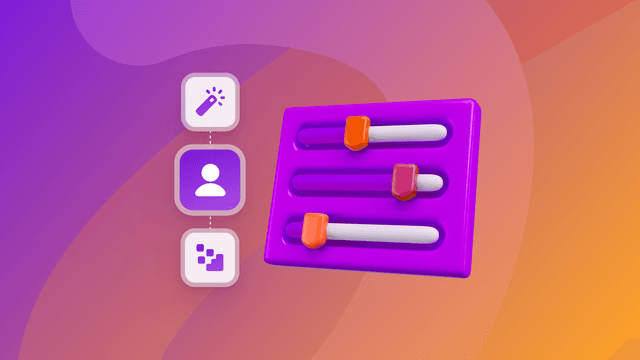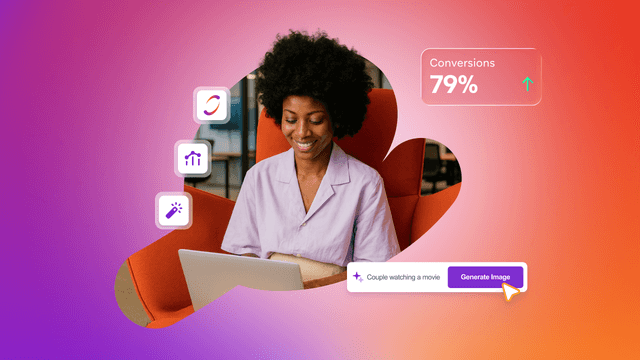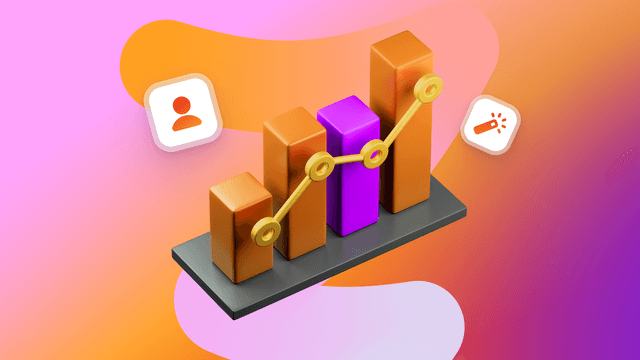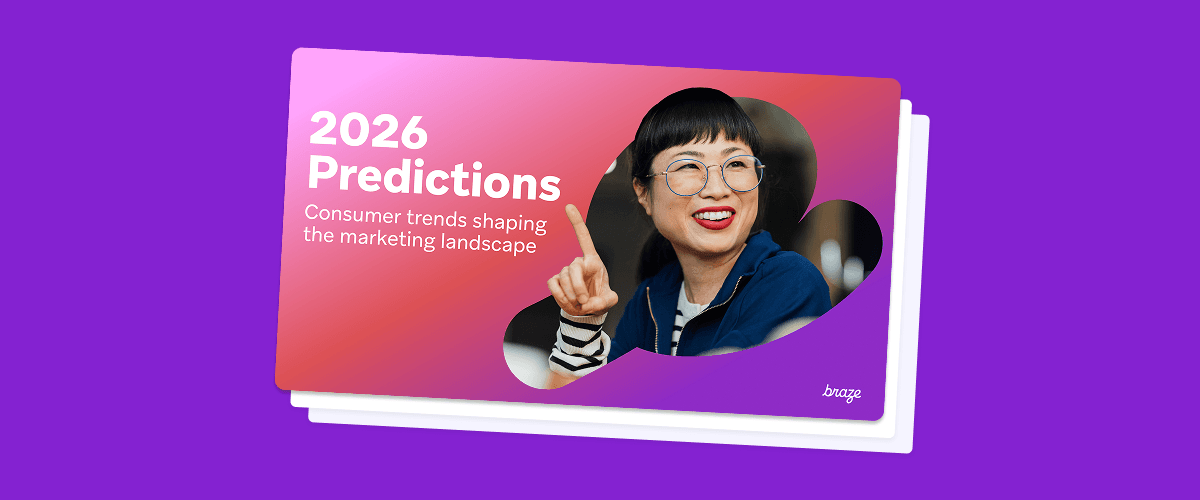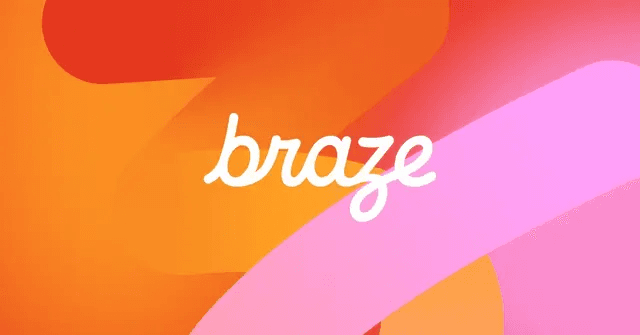Thought leadership, tips, and tricks for world-class customer engagement
Featured Stories
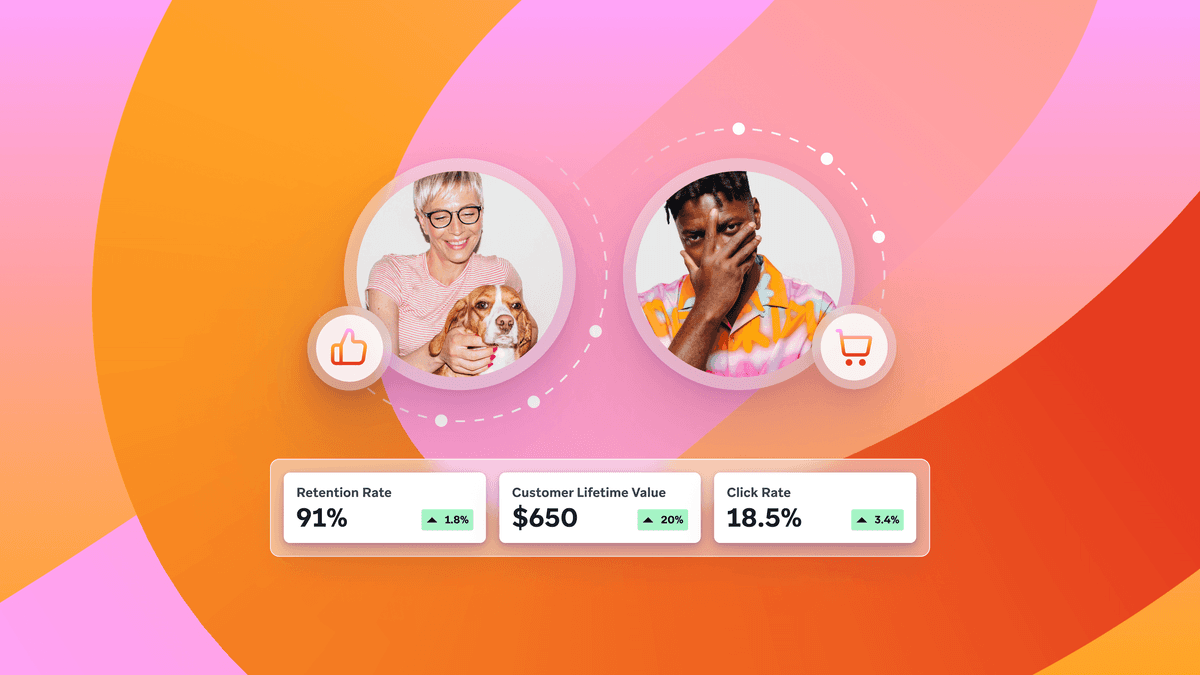
Blog6 min read
Data-driven decisions: How startups can use reporting and analytics to enhance customer engagement

Team Braze

Blog7 min read
How Braze supports exceptional customer engagement during Black Friday, Cyber Monday, and beyond

Todd Grennan
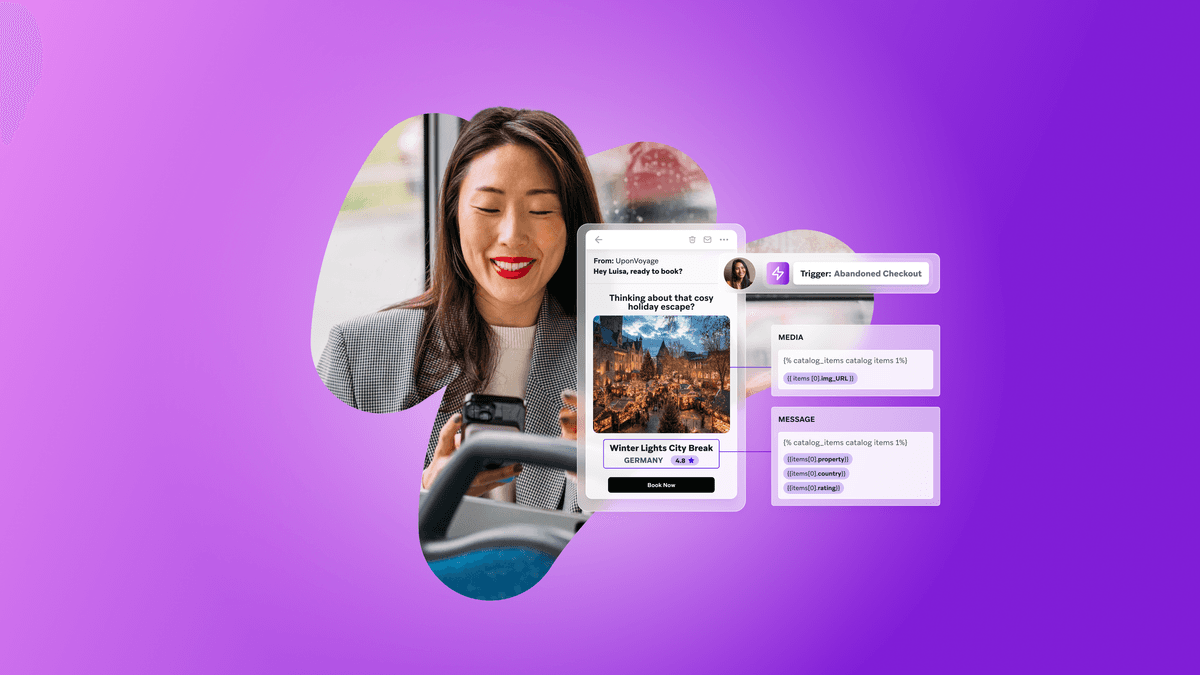
Blog6 min read
How to overcome messaging fatigue this holiday season

Team Braze
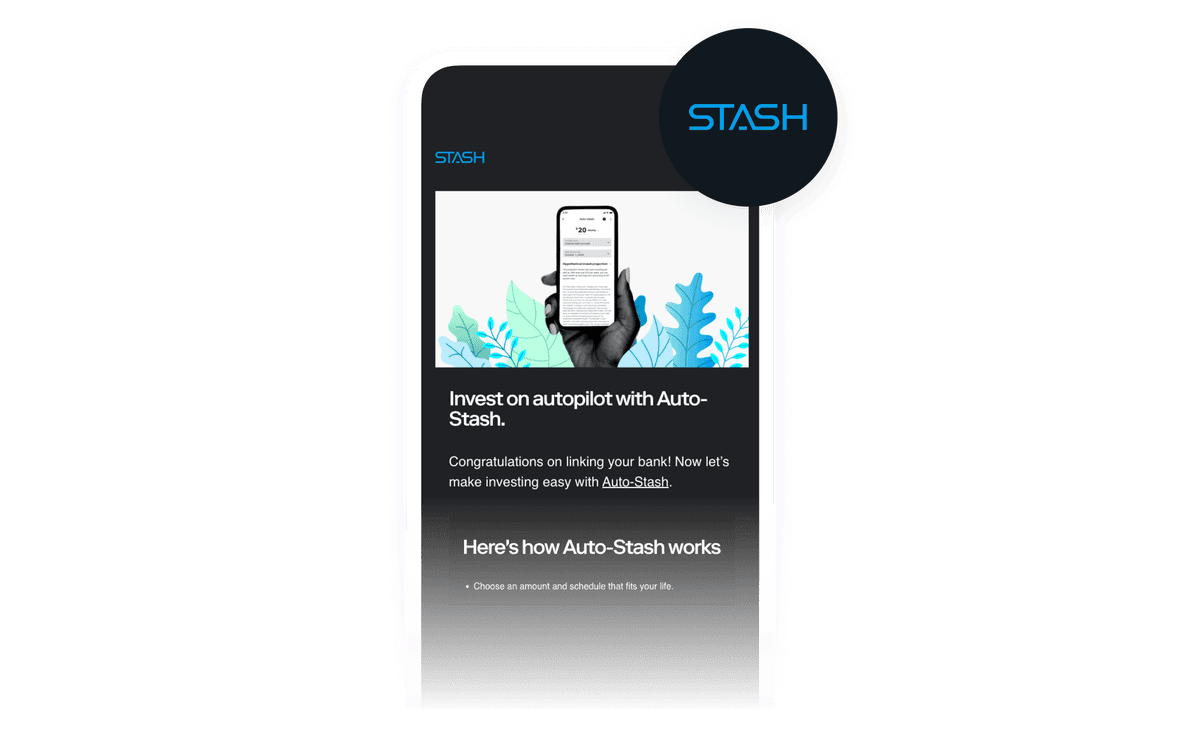
Case Study5 min read
Stash drives long-term investing habits with sophisticated, personalized user onboarding
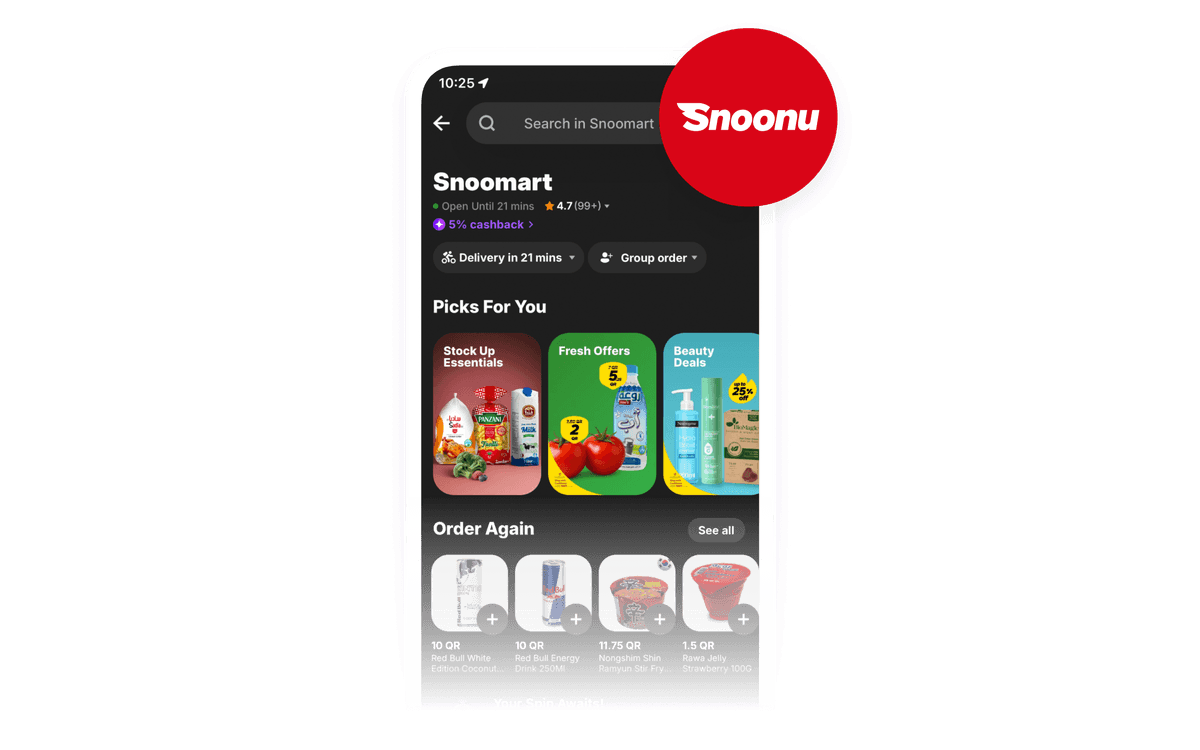
Case Study4 min read
Snoonu drives customer loyalty and repeat orders through a gamified shopping experience

Case Study5 min read
KFC Spain's bold customer engagement strategy turned critics into fans
SUBSCRIBE
Please select one option only and then submit your preference.Please enter your business email address.Be Absolutely Engaging.™
Sign up for regular updates from Braze.
Loading...
Explore more from the Resource Hub
